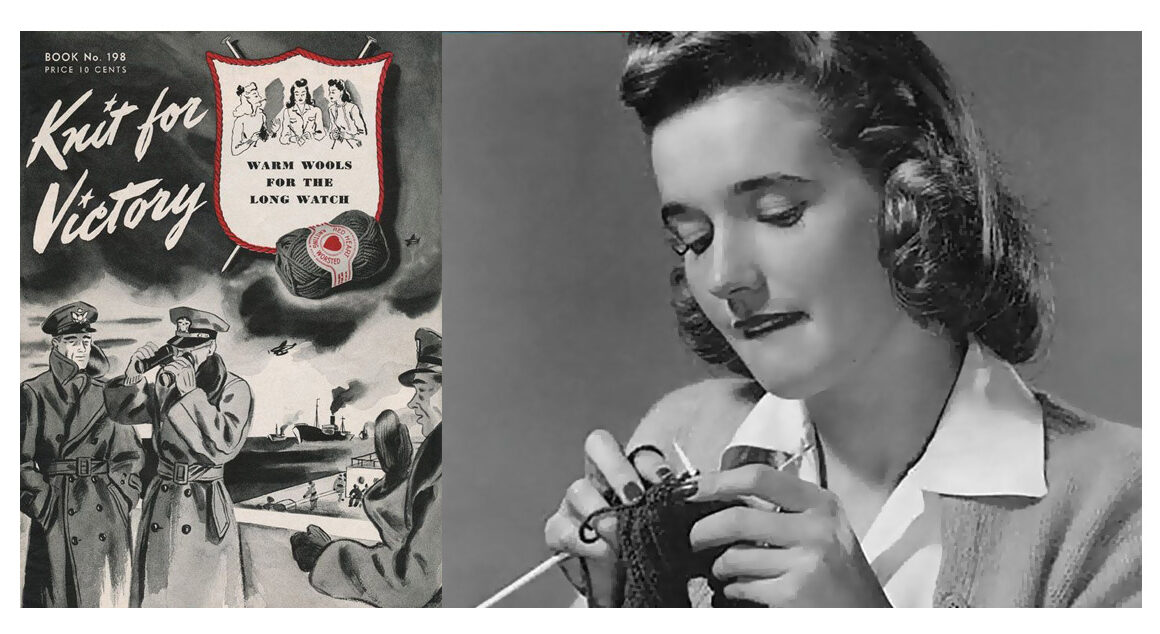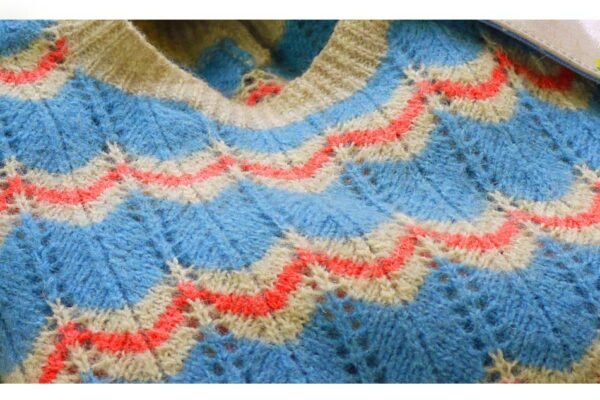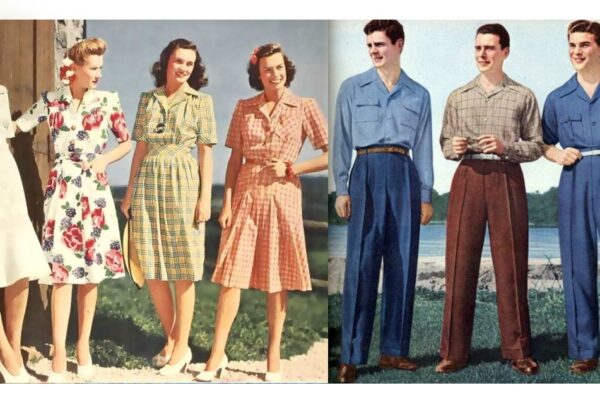A movement of great significance during the Second World War was ‘Knitting for Victory’. Knitting was done by women on the home front to help the war effort and keep the American soldiers warm. A cover story that appeared in ‘Life’, a popular weekly magazine, explained ‘how to knit’. It had basic instructions and a pattern for creating a simple, knitted vest.
Despite the efficiency of machine-knitting, hand-knitting was producing excellent clothing for soldiers. This article appeared in the magazine on the 24th of November, 1941. The article also lauded the efforts of a volunteer group called ‘Citizens for the Army and Navy’. They were campaigning to get a million sweaters for the army by Christmas.
Serving a cause
The earliest knitters during World War II had knitted during the First World War as young adults or children. For them, knitting was more of a natural response to war. This activity provided warmth as well as great comfort for the soldier serving in the war. It also gave the knitter a therapeutic distraction from the grim realities of the war.
General Dwight Eisenhower had described the ‘Knitting for Victory’ movement as a friendly hand of the nation. He also stated that it had reached across the sea to sustain the fighting soldiers. When the American households listened to war news on the radio, the idle hands of women turned to knit.
A source of great pride for women
Often photographed knitting or carrying a knitting bag was Eleanor Roosevelt, the first lady of the United States. She had launched the World War II knitting effort at an event held in New York City in 1941. At times, the question of why knitting must be done arose during the early days of the Second World War. Knitters were quite aware of the fact that hand-knits saved considerable military costs.
An article that appeared in The New York Times in January 1942 provided the answers. It said that the effect of hand-knitting couldn’t be estimated in terms of cash, but it was significant. The sweaters and helmets made by devoted women of the country were greatly appreciated by the soldiers. On the other hand, the knitting women felt that they were playing an active part in the war.
Efforts of the American Red Cross
The American Red Cross was designated the only clearing agency for all knitting work by the War Production Board. It also granted them a priority for receiving wool. The auxiliary units to the American Red Cross also had several knitting women. When the war interrupted global wool production, the Seattle Red Cross responded promptly to the yarn shortage.
The workers produced articles for the soldiers at much lower costs. They supplied sweaters, mufflers, socks, toe covers, fingerless mitts, stump covers, and other garments. All these garments were knitted either in olive drab or navy blue yarn. They also had labels sewn into them, indicating which Red Cross had provided the item.
Knitters also created stretch bandages that measured 15-20 feet in length. These bandages were knit in garter stitch using pure cotton yarn. All the finished bandages were sterilized before shipping to worldwide medical units.





